The app notes I've seen for a SEPIC converter1 all tell me to size the coupling capacitor for ripple currents and voltages. I haven't seen one that tells me how to size the capacitance. Obviously there's some minimum; zero capacitance means no coupling, so the input has no effect on the output. To make the switching effects couple from input to output, we need enough capacitance to overwhelm any parasitic capacitances on the output side of the converter. Maybe 1000 pF should do that, I think, depending on what else is going on in the circuit. But the reference design I've inherited uses a 1 uF cap, which seems like it may be overkill for that purpose. Which makes me think there's more going on for sizing that capacitor than just overcoming parasitic capacitance.
How do I properly size the coupling capacitor in a SEPIC converter?
1 For example, this Texas Instruments AN-1484 Designing A SEPIC Converter.
